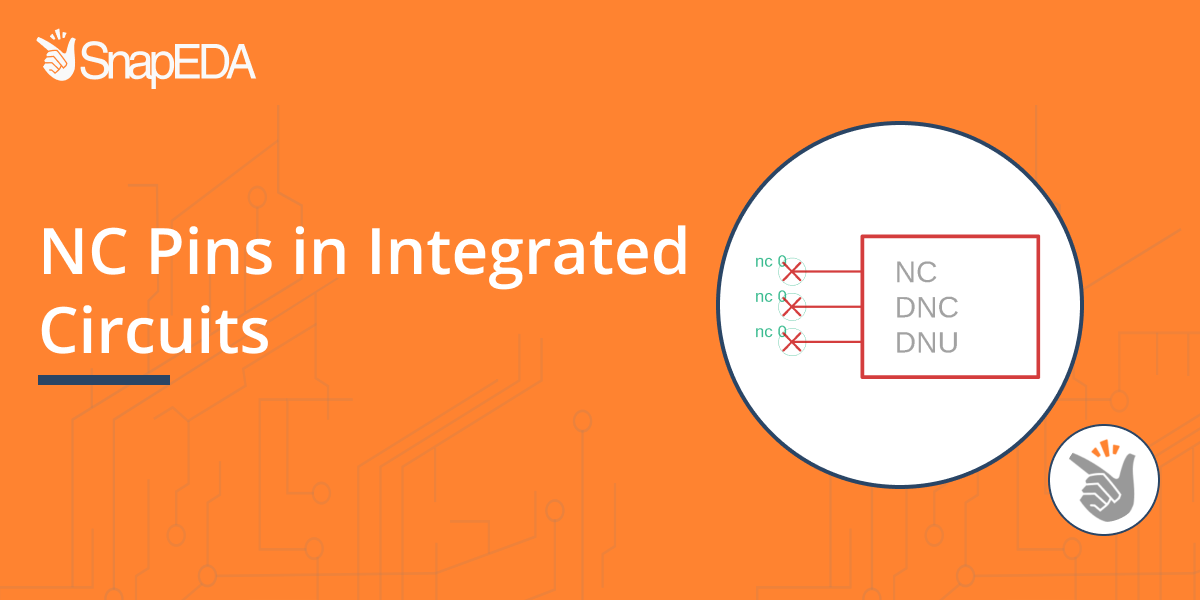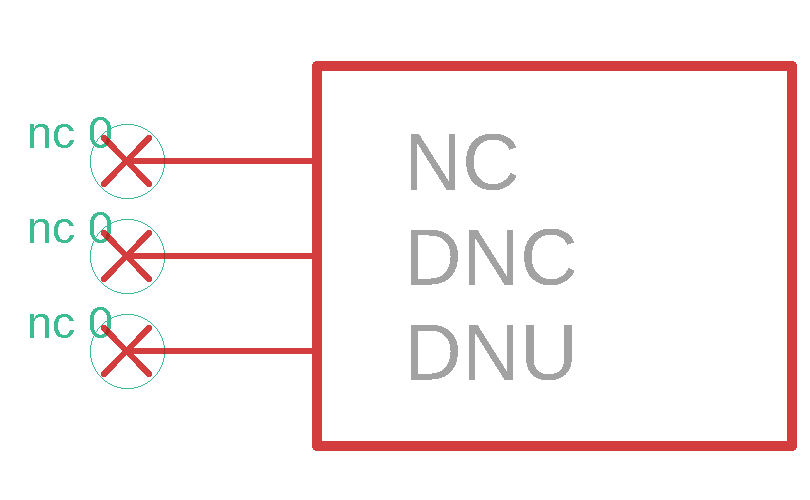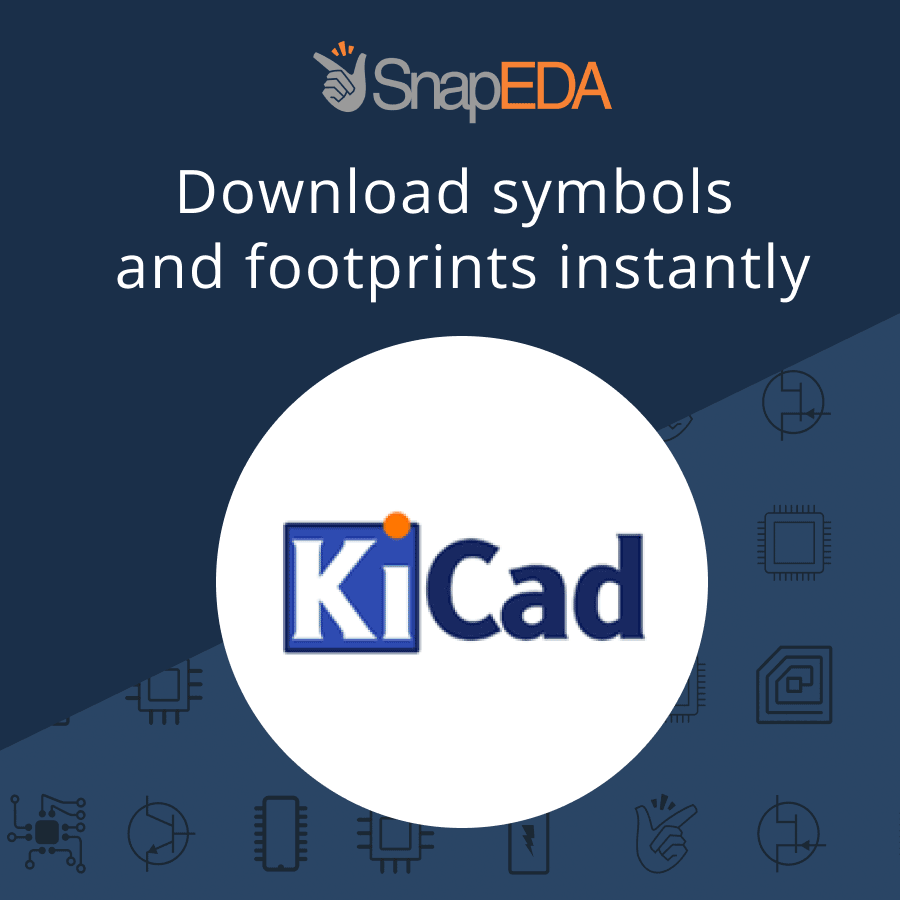
NC Pins in Integrated Circuits
NC pins, also called unconnected or no-connect pins, are IC terminals with no internal connection and no external function.
These are some of the most commonly used pin names for unconnected pins and how you’ll find them in component datasheets:
* NC = No-Connect
* DNC = Do Not Connect
* DNU = Do Not Use

What are the uses of an NC pin?
1. Device grounding
The NC pin can be connected to ground to improve thermal capacity or heat dissipation (if the option is applicable for the device as stated in the datasheet).
2. Component testing
An NC pin, by default, should be left unconnected or floating because most of the time, it is only used by manufacturers to test the device before distribution.
3. Non-functional pads (space-filler)
Unused pads in packages with greater number of pins compared to the required number of terminals to be used in the circuitry are set to “NC”.
In terms of schematic design, there are pros and cons in adding the NC pin to your schematic symbol.
Pros:
* Pin is present for grounding option.
* Good symbol representation that shows all the pins in your IC.
Cons:
* Occupies more area in the schematic layout. Since it’s not connected internally, it’s not necessary to show the pin in the schematic diagram.
At SnapEDA, we follow particular guidelines in creating our symbols and land patterns. Our guidelines were established based on IPC standards, IEEE standards, and users’ feedback. Our team conducted a recent survey in regards to NC pins and over 74% of the users preferred the option to show NC pins in the schematic symbol. Due to this result, we updated our guidelines and we now create schematic symbols with NC pins.

Extra tip for you!
Make sure to set the pin direction to “NC” for NC pins with no alternate function. Otherwise, set the pin direction to passive for NC pins that can be connected to ground or to any alternate signal.



